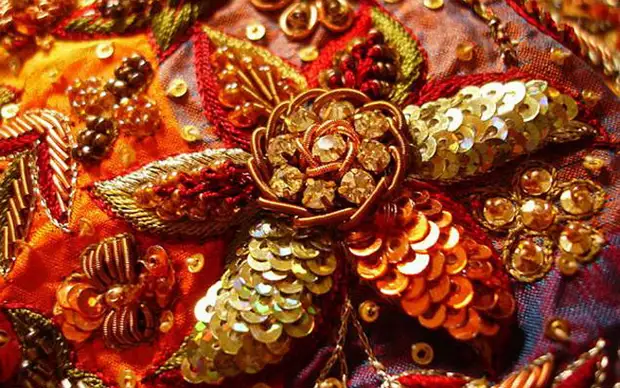Today I want to tell about one of the most amazing and beautiful types of embroidery - Zardosa . Initially, this technique arose in the middle and front, as they said, Asia, in Persia. The embroidery of Zardageni was obtained during the Empire of the Great Mughal, which included India, Pakistan, Afghanistan. And today we can see it in all the magnificence in the Indian embroidery.
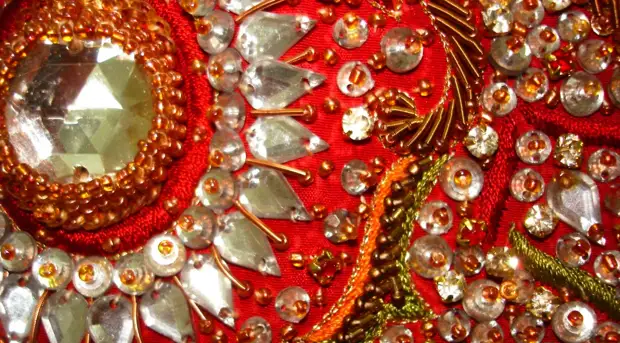
Initially, Zardosa assumed an zallest sewing, embroidery with gold, because this word is translated from Persian: dawn - gold, dosage - embroidery.
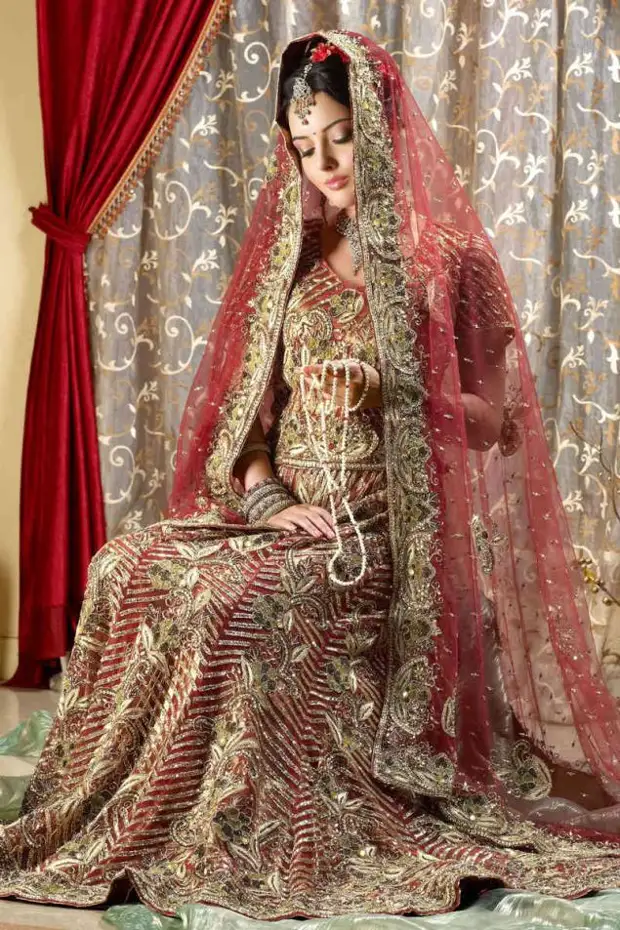
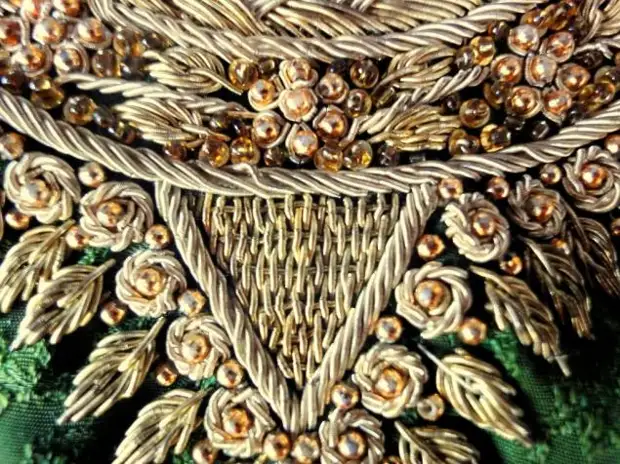
Perhaps the main feature of the Vardosa technique to this day is the abundance of gold and silver, the deliberate wealth and brightness of embroidery, the use of necessarily metallic or metallized threads. In addition, a woman is widely represented - yes, Daener, this is not only a way of tightening time, but also a wonderful material for embroidery! - Sequins are used everywhere (here in their lack of Indians are not exactly supplied), metal rings, natural pearls and its glass and plastic imitation, gems, glass, beads, and all that glitters and overflow.
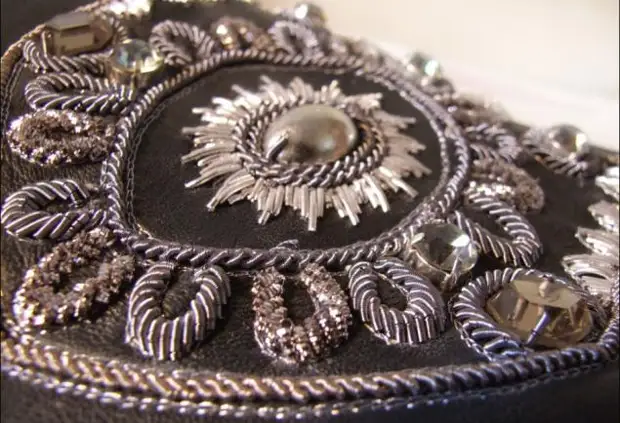
By the way about the doors. It is familiar to the Russian man mainly on military uniform - it is a representative to this day and often manually embroidered straps, hats and uniforms of our military, but it can be used to create artistic masterpieces. Come on, the canite is the topic of a separate conversation.
The tissue uses velvet, silk, brocade. It is worth the finished embroidery at all silent, which is only available only to wealthy people, or is bought for special occasions - a wedding, a national holiday, and so on. In antiquity, wall tapestries and ponnes for horses and elephants were embroidered.

Of course, there are few people embroidered in real gold or silver thread - it is expensive and impractical, it is not suitable for special order, and in general, expensive materials began to replace more affordable, but no less beautiful, which is the embroidery itself become more affordable.
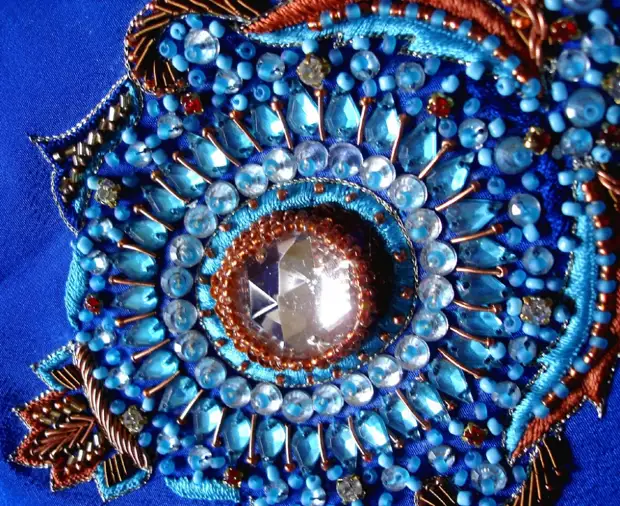
Embroidery Zardageni The process of time consuming and long, they are engaged in both women and men. Moreover, it was originally a man who was engaged in this embroidery. Unlike Russia, in the east, the question of the normality of the "man that embroiders" is about the normality.
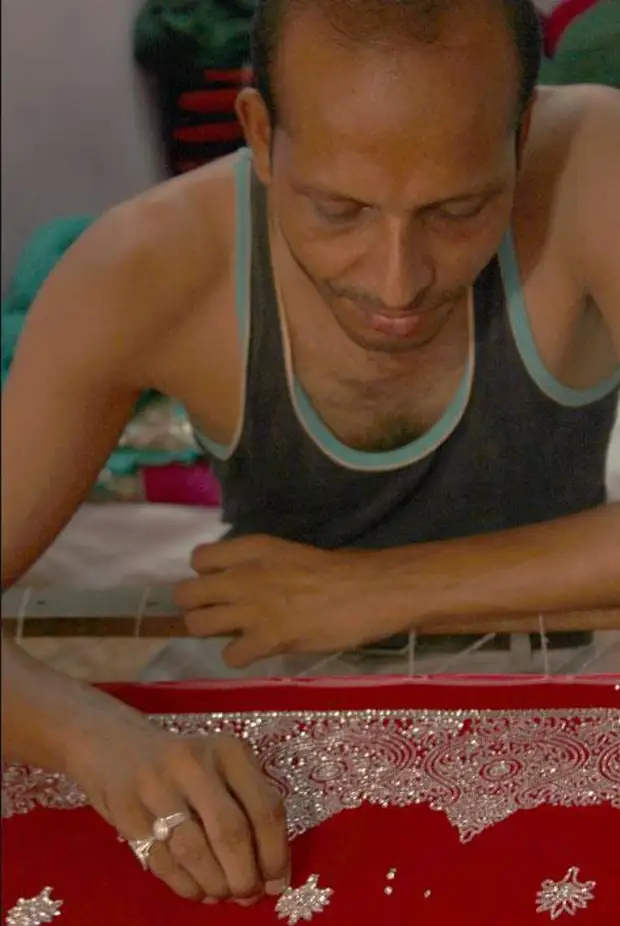
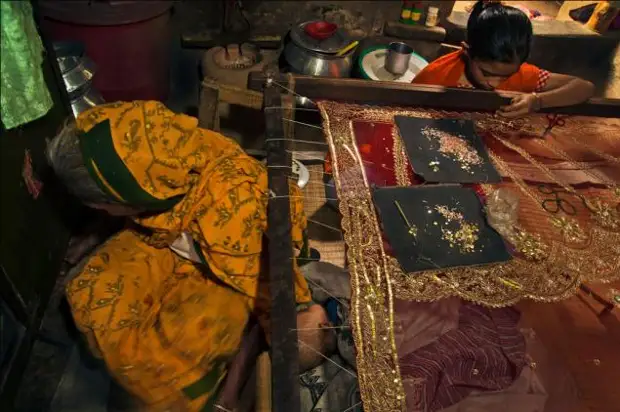
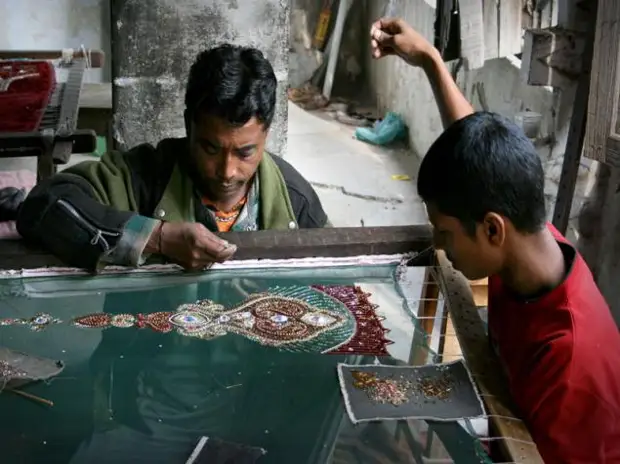
As for the motives, it is, above all, plant ornaments, as well as stars, flowers and notorious "cucumbers", which in this technique acquire a unique embodiment.
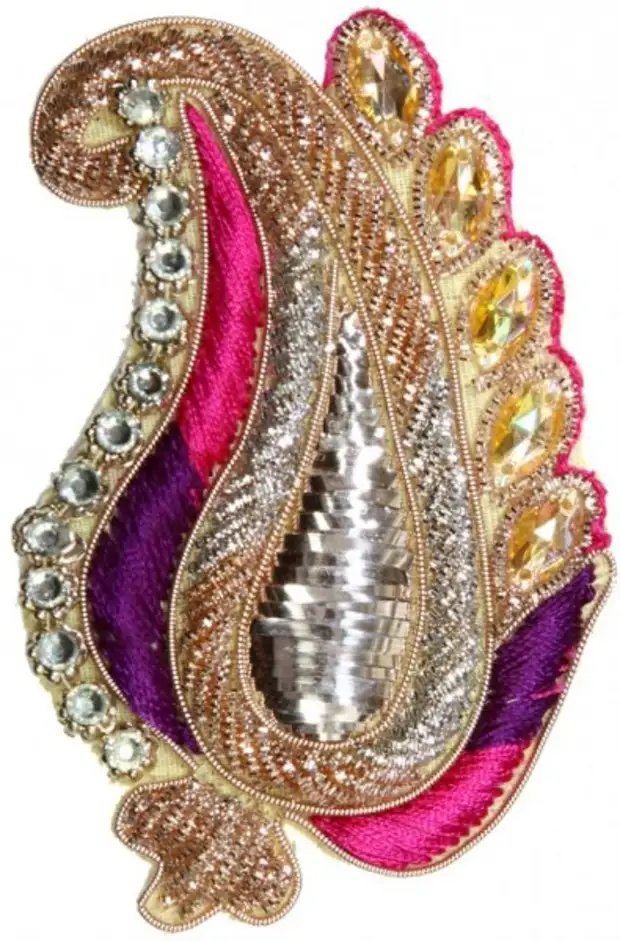
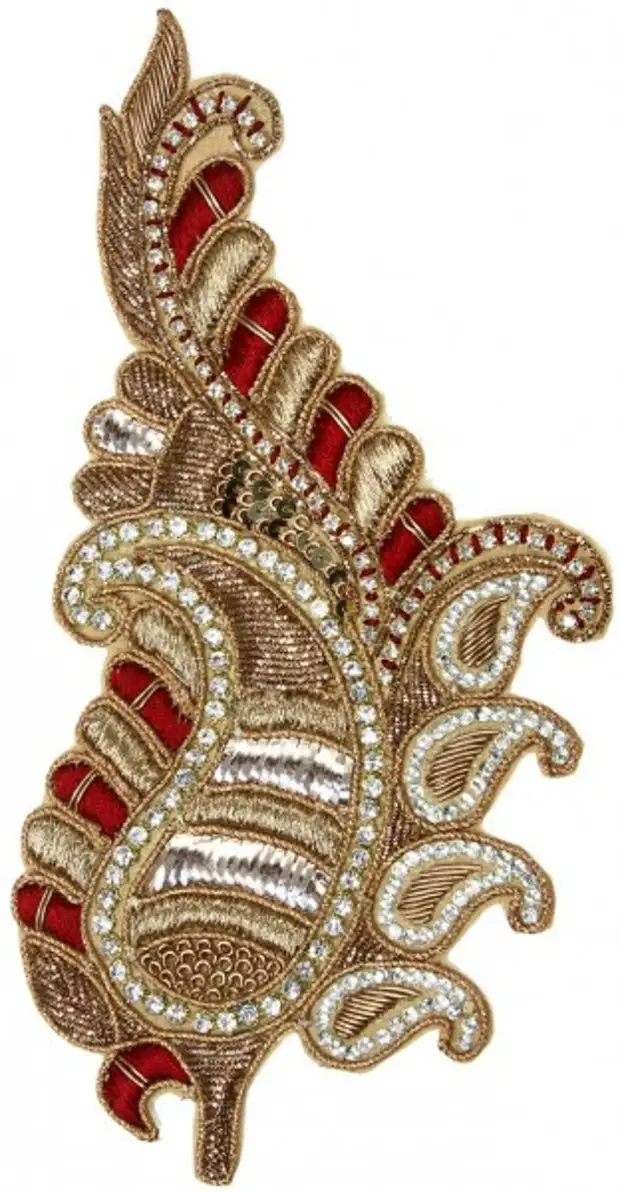
Since embroidery is usually performed on large panels, it is usually involved in operation at once several master. The fabric is stretched on a large frame.
With all the magnificence and at the same time complexity of embroidery in the manufacturing process, the simplest tools are used - a very thin hook and needles.
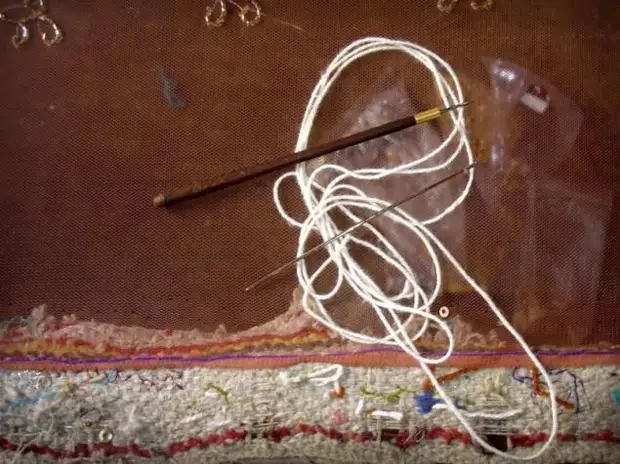
(c) Evgeny Janikov
This entry was made to show completely magical works of Masters Shamsutin.
Master Shamsutdin from the city of Agra in India not only mastered the art of Zardosa, but also created his own, completely unique embroidery technique. Shamsutina, the embroidery in the thirteenth generation has long been alive for a long time, but the pictures forever did it immense his name: the sewing is done so that all parts are represented by volume, as if in stereo imagery, giving the canvas special expression. They are embroidered with such accuracy that the spirit captures. When you stand near, it seems that you feel the blow of the wind, the smell of flowers and the singing of birds. Works are made with thread, needles and nothing more. Starting with a simple drawing, he imposed stitches with cotton threads one layer over the other, to give the picture volume, movement, muscles. And on top of the finest stitches, he embroidered the whole picture with silk. The main part of his works is located in the Special Museum in the city of Agra. Now these masterpieces are protected as strictly as the most expensive collections of jewelry. After all, nothing like the world does not find!
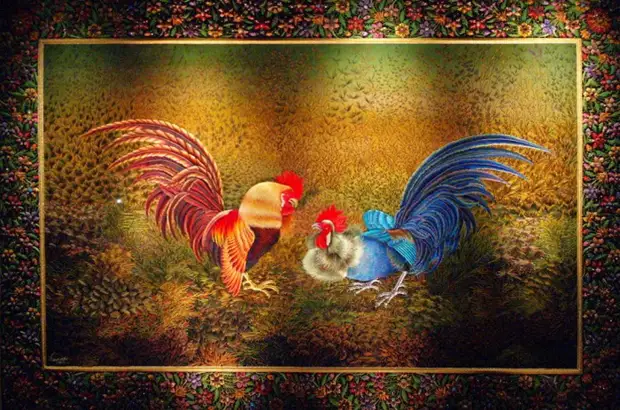
Such work can weigh several hundred kilograms, since the master imposes a lot of layers of the threads on top of each other to achieve a surround effect.
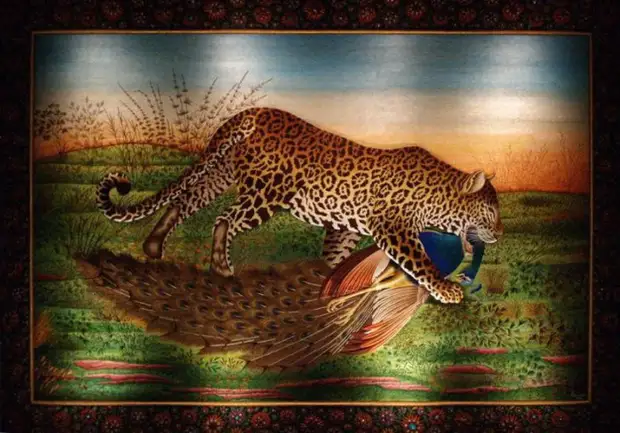
Picture "Good Shepherd"
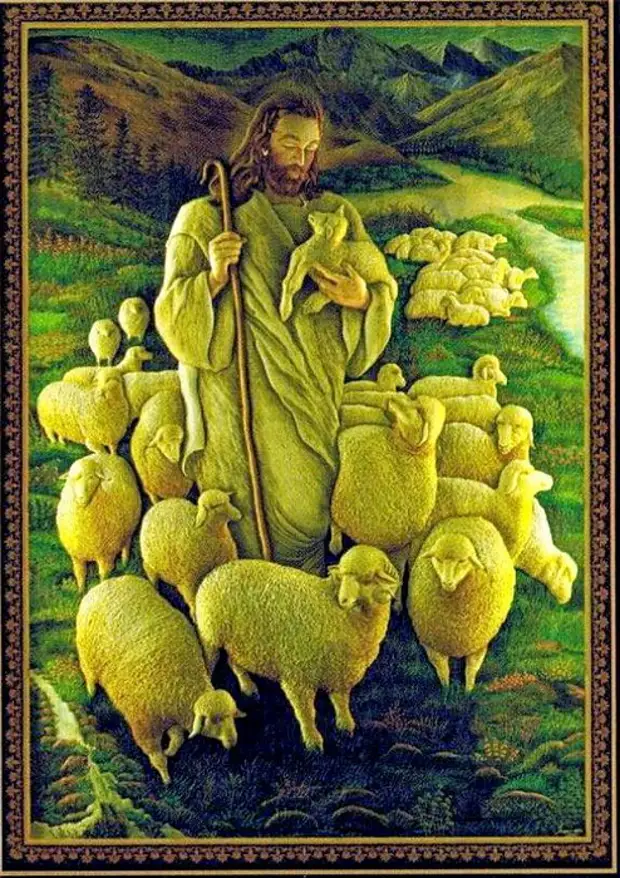
Father Shamsutina perfectly owned Zardosa technique, he was honored twice to embroider the frontal outfits for the British royal family.
Shamsutdine over the years of work created an incredible number of paintings, carpets, covered, cape for elephants embroidered with jewels. All of them today are estimated at hundreds of thousands, and even several million dollars. Over some products Shamsutdin worked for years: so, the famous vase with flowers, he embroidered his wife for 11 years, and his other picture is a "good shepherd" - the result of 18 years of work! It is difficult to even imagine how many hours it was spent on the creation of each of these amazing embroidery!
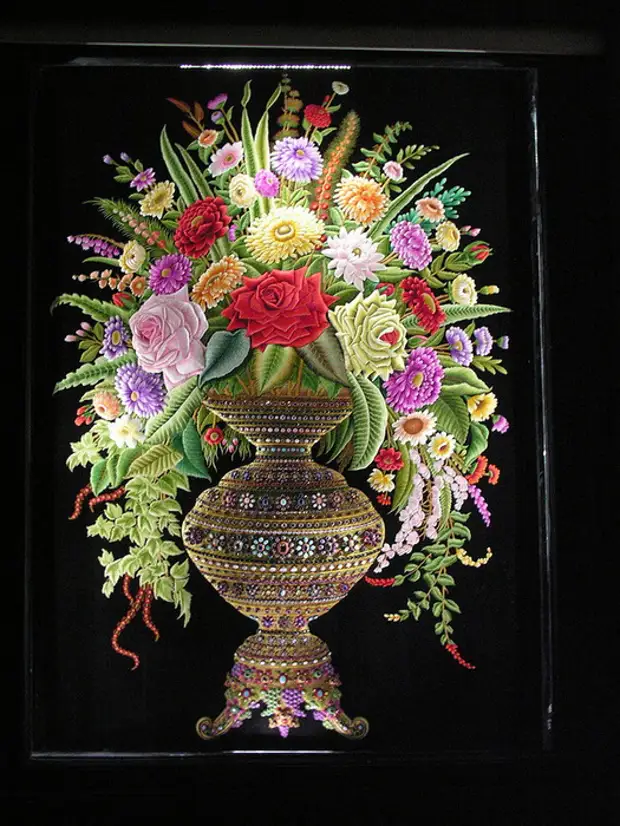
As it should be, her skiing ability to give sons. One of them, Rahasuddine, became the successor of the tradition, today he opened the workshop in the hometown of the Agra, where dozens of employees are corrupt over the cancis, creating wonderful works of art.
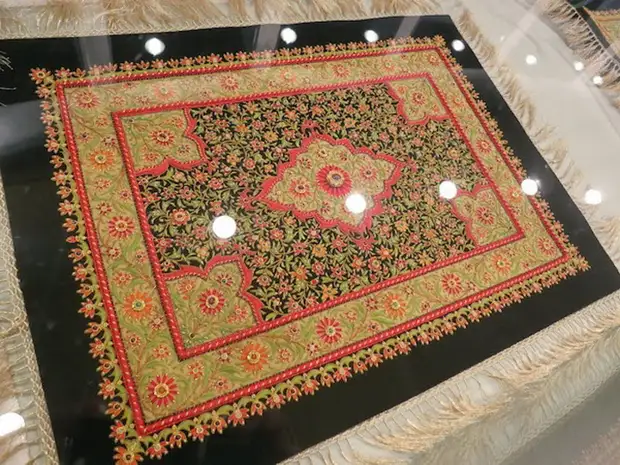
Embroidered carpet
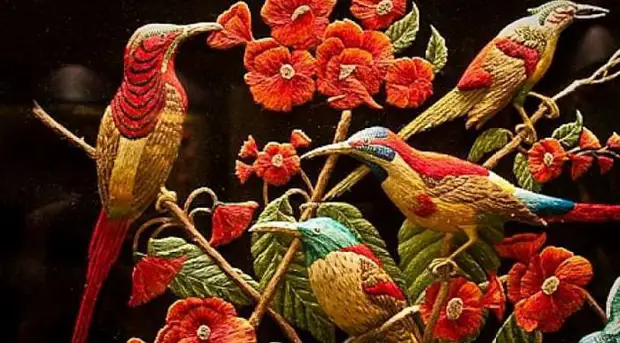
Volume Embroidery of Indian Sheikha Shamsutina
